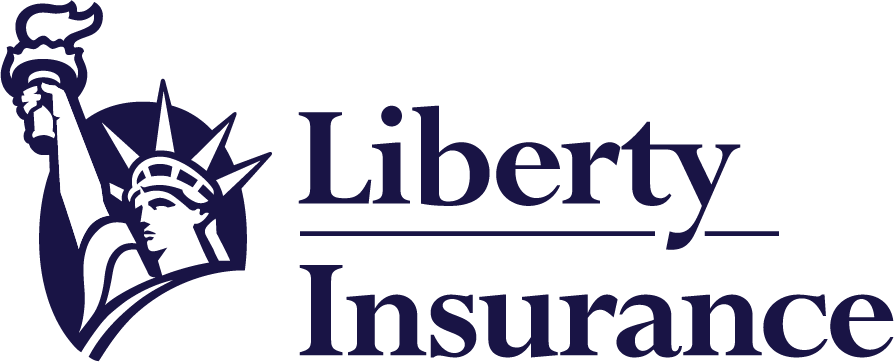Meta Description: Discover proven strategies to significantly reduce your health insurance premiums. Learn about flexible plans, HSA contributions, preventative care, and more to lower your healthcare costs. Find the best approach for your needs and budget today!
Navigating the complexities of health insurance can feel overwhelming, especially when faced with rising premiums. However, understanding various strategies can significantly reduce your healthcare costs. This comprehensive guide explores the best ways to lower your health insurance costs, empowering you to make informed decisions and keep more money in your pocket.
Understanding Your Health Insurance Options
Before diving into cost-saving strategies, understanding the different types of health insurance plans is crucial. The most common types include:
- HMO (Health Maintenance Organization): Generally the most affordable, HMOs require you to choose a primary care physician (PCP) within their network. Referrals are usually needed to see specialists.
- PPO (Preferred Provider Organization): Offering more flexibility, PPOs allow you to see out-of-network doctors, but at a higher cost. Referrals may not always be required.
- EPO (Exclusive Provider Organization): Similar to HMOs, EPOs require you to stay within the network. However, unlike HMOs, they usually don’t require a PCP referral to see specialists.
- POS (Point of Service): A hybrid plan combining features of HMOs and PPOs. You choose a PCP, but can see out-of-network providers for a higher cost.
- High-Deductible Health Plan (HDHP): These plans have lower monthly premiums but higher deductibles. They often pair well with Health Savings Accounts (HSAs).
Choosing the right plan based on your healthcare needs and budget is paramount. Consider your anticipated healthcare expenses and compare plans carefully.
Effective Strategies to Lower Your Health Insurance Costs
1. Enroll in a High-Deductible Health Plan (HDHP) with a Health Savings Account (HSA)
High-deductible health plans (HDHPs) offer lower monthly premiums than other plans. However, you’ll pay more out-of-pocket before your insurance kicks in. This is where a Health Savings Account (HSA) comes in. An HSA lets you contribute pre-tax dollars to a savings account specifically for healthcare expenses. These contributions can be withdrawn tax-free to pay for eligible medical costs, making them a powerful tool for managing healthcare expenses. The money remaining in your HSA can grow tax-free and be used for future healthcare needs, effectively making it a retirement savings account for medical expenses.
2. Maximize Employer Contributions
Many employers offer contributions to employee health savings accounts (HSAs) or flexible spending accounts (FSAs). Make sure to take full advantage of these employer-sponsored contributions to boost your savings potential.
3. Shop Around and Compare Plans Annually
The health insurance market is dynamic. Premiums and plan details change regularly. Don’t be complacent! Take time each year during open enrollment to compare plans from different insurers. Use online comparison tools and consider factors like your healthcare needs, prescription drug costs, and provider networks.
4. Prioritize Preventative Care
Preventative care, such as annual checkups, vaccinations, and screenings, is often covered at little to no cost under most health insurance plans. These services can prevent more expensive medical issues down the line, saving you money in the long run. Regular checkups also help catch potential problems early, leading to less invasive and costlier treatments later.
5. Negotiate with Your Healthcare Providers
Don’t hesitate to negotiate with your healthcare providers regarding billing and payment plans. Many providers are willing to work with patients who demonstrate financial hardship or explore options for payment plans. Be upfront about your financial constraints, and ask about discounts or payment arrangements.
6. Understand Your Plan’s Deductible, Copay, and Out-of-Pocket Maximum
Understanding your plan’s key terminology is essential for managing healthcare costs. Your deductible is the amount you pay out-of-pocket before your insurance coverage begins. Your copay is the fixed amount you pay for each doctor’s visit or prescription. Your out-of-pocket maximum is the highest amount you’ll pay for covered healthcare services in a plan year.
7. Use Generic Medications When Possible
Generic medications are often significantly cheaper than brand-name drugs, yet just as effective. Ask your doctor if a generic alternative is available for your prescriptions. This simple change can drastically reduce your prescription drug costs.
8. Appeal Denied Claims
Insurance companies sometimes deny claims. Don’t accept a denial without question. Review the denial letter carefully and gather any necessary documentation to support your appeal. Many denied claims are successfully overturned with proper documentation and a well-written appeal.
9. Consider Telemedicine
Telemedicine offers convenient and often less expensive alternatives to in-person doctor visits. For routine checkups or non-emergency situations, telemedicine can save you time and money on travel and potential facility fees.
10. Maintain a Healthy Lifestyle
Prevention is always better than cure. Maintaining a healthy lifestyle through regular exercise, a balanced diet, and avoiding risky behaviors can significantly reduce your healthcare costs in the long term by minimizing the chances of developing chronic diseases.
Conclusion
Lowering your health insurance costs requires proactive planning and a thorough understanding of your plan and available resources. By implementing these strategies, you can significantly reduce your healthcare expenses and achieve better financial health. Remember to review your options annually and adapt your approach as your needs and circumstances change.
This guide provides valuable insights, but remember to consult with a qualified financial advisor and healthcare professional for personalized advice tailored to your specific situation.






















